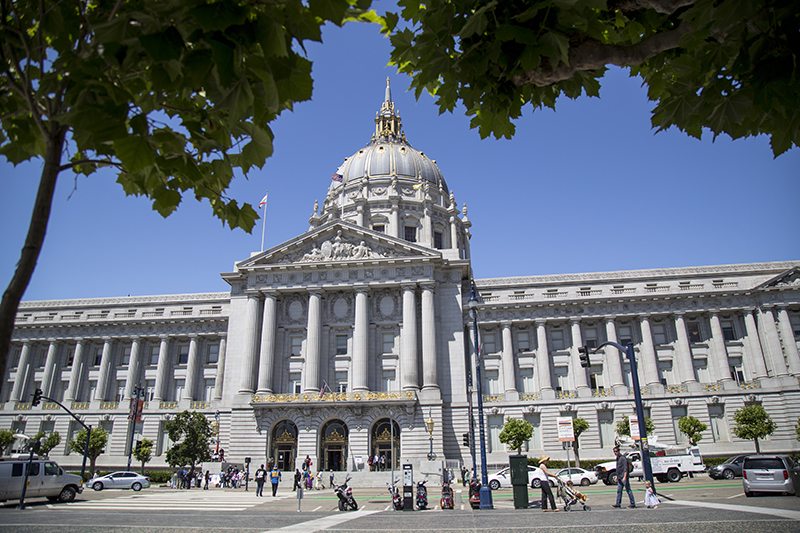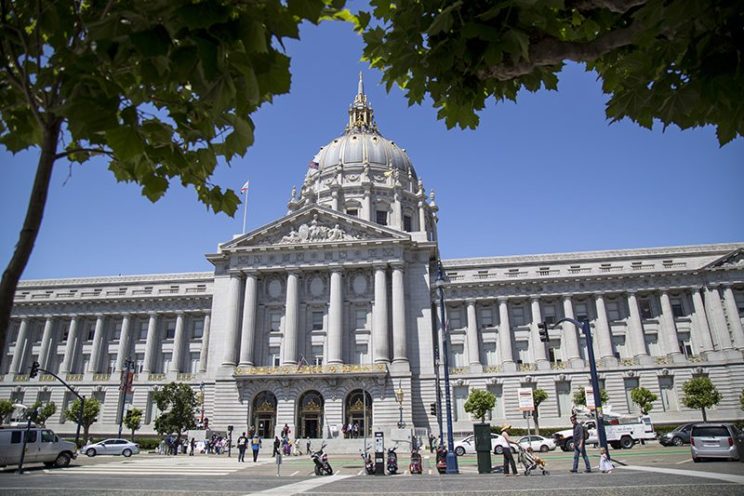Last September, the California legislature approved Senate Bill No. 2 (SB2), the Building Homes and Jobs Act 1.
Effective January 1, 2018, new Government Code Section 27388.1 requires county recorders throughout California to charge an additional $75 fee at the time of recording every real estate instrument, paper, or notice, for each single transaction per parcel of real property, not to exceed $225—except those expressly exempted from payment of recording fees.
The funds will be used to address California’s affordable housing crisis.
Section 27388.1 provides details of the fee and its statutory exemptions:
- Documents (i.e., deeds) transferring real property where documentary transfer tax is paid or that is a residential dwelling to an owner-occupier;
- Documents recorded in connection with an exempt transfer of real property (i.e., subject to transfer tax or owner-occupied);
- The maximum fee of $225 per transaction is reached; or,
- Documents are not related to real property.
Importantly:
“A Declaration of Exemption specifying the reason for the exemption from the fee must be placed on the face of each document or on a cover sheet to be recorded with the document, prior to depositing with the Recorder. If the exemption is not provided, the fee will be charged. Declarations of exemption are subject to review.”

With the requirement that a declaration of exemption appear on the face of the instrument, or as a cover page, an affirmative statement of an owner-occupied residence is made. For many individuals, and those who hold title to their homes in revocable trusts, this disclosure may be fairly straightforward2.
For others, the declaration may pose an issue. For example, for those homeowners who hold title to their residences in a Limited Liability Company (LLC), when transferring title out of the LLC, the additional fee may be imposed, despite the fact that the sole member of the LLC is the owner-occupier of the residence. An affirmative declaration should be sufficient—but frequently additional documentation is required by county recorders to substantiate documentary transfer tax exemption declaration, and this may be no exception.
Mechanical complications may increase at the time of recording. If your standard procedure is to compute the recording fees and supply a check in payment of those fees when submitting a document to be recorded, accurately calculating fees has become yet more challenging. For many attorneys and their paralegals, this may mean a different method of submitting documents to be recorded other than by mail with a check enclosed. If you use attorney services that deliver documents to be recorded and advance the recording fees, this will also result in increased costs for recording documents.
To minimize stress and confusion dealing with this new $75 fee, it is best to confirm with each California county recorder exactly what is required for each specific document and what additional information and documents, if any, you need to supply, along with the accurate fees.
About the author:
Brandy M. Bartosh is a Senior Paralegal at Hanson Bridgett and a member of the Paralegal Section’s Executive Committee.
Notes:
1 https://leginfo.legislature.ca.gov/faces/billTextClient.xhtml?bill_id=201720180SB2
2 https://leginfo.legislature.ca.gov/faces/codes_displaySection.xhtml?lawCode=GOV§ionNum=27388.1.


